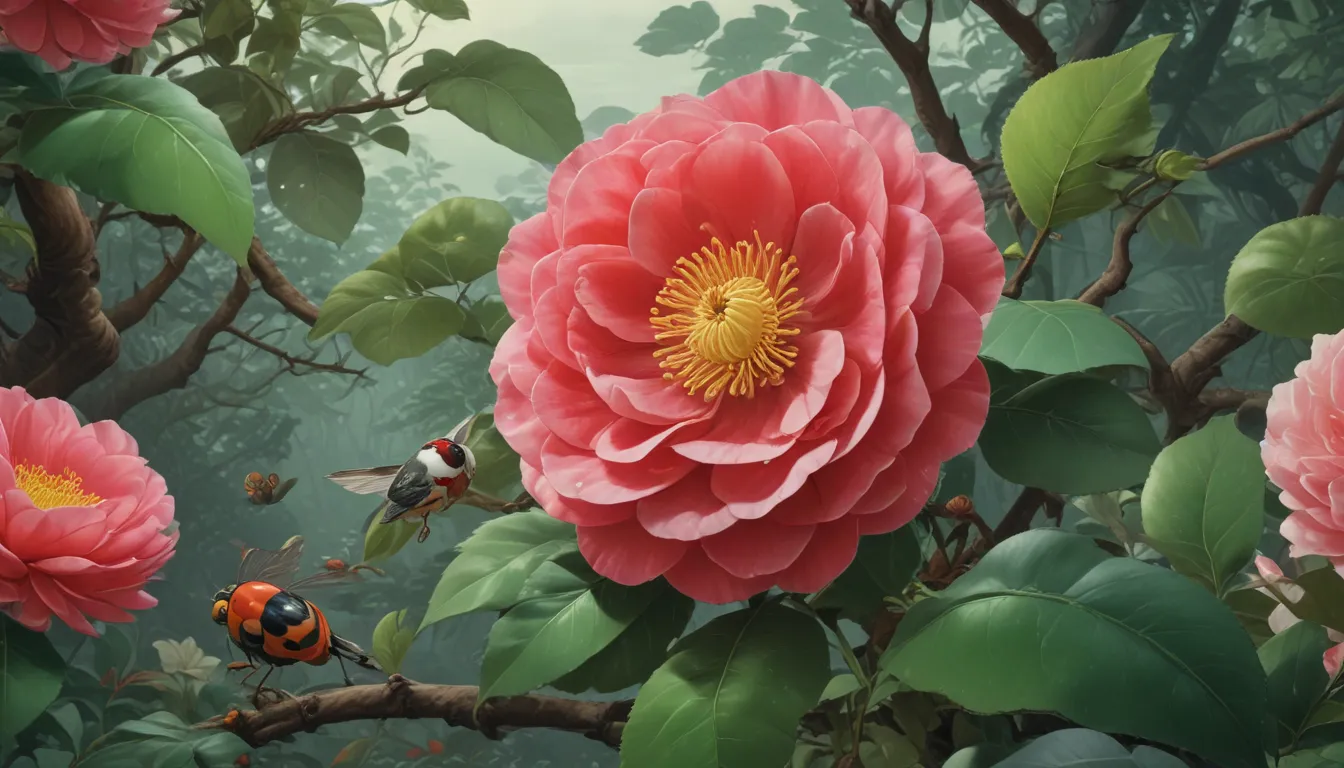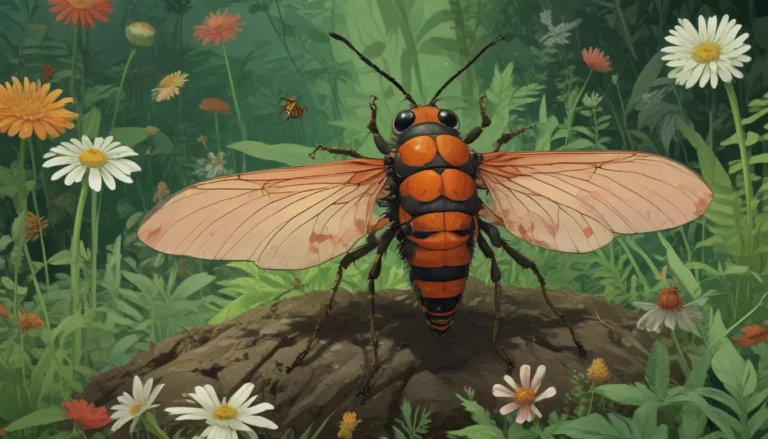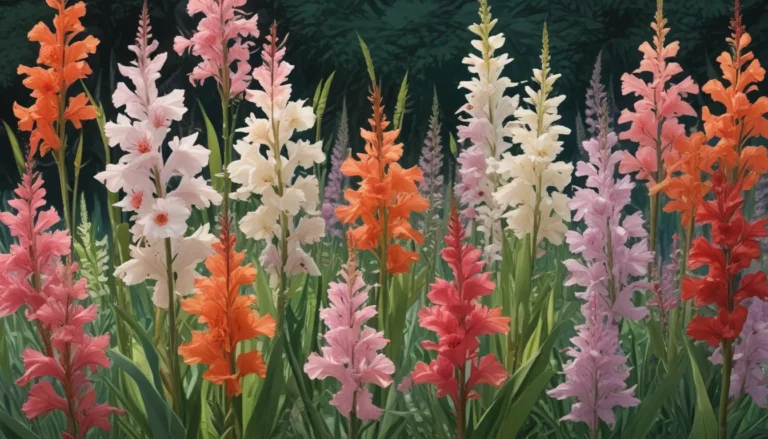A Comprehensive Guide to Identifying and Controlling Camellia Pests

Are you facing issues with your camellia plants due to pests? Although camellias are generally resilient to pests, it’s essential to address any problems promptly to ensure your plant’s health.
Maintaining your plant’s health through proper watering, fertilizing, and routine maintenance is crucial to prevent pests. These practices create a healthy environment that deters pests from targeting your camellias. However, if you do notice any signs of pests, it’s vital to address them promptly while also ensuring your plant is in optimal health.
Let’s dive into the details of five common camellia pests and how to identify and control them effectively:
Common Camellia Pests
- Aphids
- Beetles
- Mealybugs
- Mites
- Scale
1. Aphids
Aphids are a common garden pest that can infest camellias, causing damage to young specimens and new growth. While aphids typically target other plants before camellias, it’s essential to monitor your plant’s health.
If you suspect an aphid infestation, look for yellowing leaves and shoots, which are common signs of damage. While aphids are generally not a severe threat to camellias, it’s crucial to address the issue promptly if their numbers explode or if your plant is already stressed.
Consider exploring our guide on combating aphids for effective strategies to deal with these pests and ensure your camellias remain healthy.
2. Beetles
Beetles such as black vine weevils and other species can feed on camellia foliage, causing notching on leaves. While this damage is unsightly, it’s usually not severe. However, be cautious of black vine weevil larvae, which can damage roots and basal crown, potentially harming or killing the plant.
Consider handpicking beetles or using beneficial nematodes to control their population. Beneficial nematodes are effective in targeting beetle larvae, preventing further damage to your camellias. Explore our guide on leaf-eating insects for detailed information on identifying and managing beetle infestations.
3. Mealybugs
Mealybugs, including citrus and long-tailed species, can infest camellias, causing stress by feeding on sap within stems and leaves. These pests often resemble fungal disease due to their fluffy, cotton-like appearance.
Utilize insecticidal soap to control mealybugs effectively and prevent further damage to your camellias. Ensure thorough application, particularly under the leaves, and repeat treatments as needed to eliminate the pests completely.
4. Mites
Gall mites and spider mites are common pests that feed on camellias, resulting in various types of damage. Gall mites, also known as bud mites, can cause browning or death of developing buds, affecting flower formation.
Spider mites, including red spider mites, prefer dry conditions and can cause yellowing and drying of leaves. Consider using water sprays or other control methods to manage spider mite infestations effectively. Explore our tips for dealing with spider mites for detailed strategies to protect your camellias.
5. Scale
Various scale insects, including armored and soft species, can infest camellias, causing damage to leaves and stems. It’s essential to identify scale infestations accurately and differentiate them from other growth or diseases.
Utilize beneficial predators like green lacewings to control scale populations and prevent further damage to your camellias. Pruning, manual removal, and targeted pesticides can also help manage scale infestations effectively.
Ensuring a Healthy Camellia
Once you’ve identified and controlled the pests affecting your camellias, ensure that your plant is healthy and free from other issues. Conduct a thorough inspection to address any underlying problems and maintain your camellia’s optimal health.
By following these tips and strategies, you can safeguard your camellias from common pests and promote their growth and vitality. If you require further assistance or have additional symptoms to address, feel free to reach out for expert guidance in the comments section.
Continue your journey of growing healthy camellias by exploring our related articles:
– How to Grow Camellias in Containers
– 11 of the Most Beautiful Camellia Varieties to Grow at Home
– How to Protect Camellias from Winter Cold Damage
Remember, a pest-free floral show is within reach with proper identification and control measures. Keep your camellias thriving and beautiful all year round!
*





